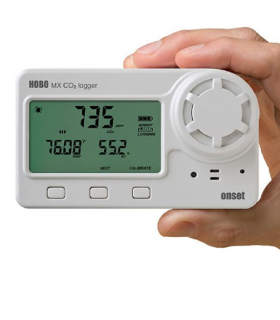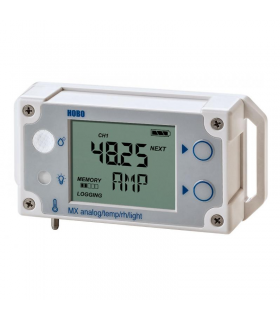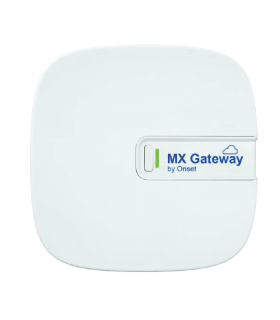Types of Hidden Enerey Waste will be found by Data Loggers (Part 1)
Introduction
As we know the data loggers are small but robust recording and measuring devices that can save companies significant energy costs. The first step in reducing costs is to identify energy waste. Statistics on utility bills or nameplates on devices, while useful, are not sufficient to determine which device and practices are contributing to high energy consumption. This means the company can unnecessarily invest in permanent metering. Just need a simple temporary device, such as HOBO® data loggers, that can be used to obtain critical information at a fraction of the cost.
Here we will share this article covered common forms of energy waste that will be found by Data Loggers.
Energy waste#1: Improper Air Compressor Control
Compressed air is a very inefficient way of distributing energy in a plant. Less than 10% of the input energy does useful work, and 70% of the input energy is converted to heat in the compressor. However, compressed air is widely used in factories because it serves many useful purposes.
An important aspect of the compressed air system is the control of the compressor. When the system includes more than one air compressor, it is very important to understand how the machine shares the load. The air demand in the system is rarely equal to the rated power of all machines, so one or more machines will run at part load (less than 100% of the capacity).
The correct way to control the machines is to base-load all except one machine, which is designated as the “swing machine.” The swing machine controls maintain system pressure by changing the output of the compressor as needed. All other machines are operated with constant output at their maximum efficiency point or are idle if not needed to meet the load.
Energy waste#2: Inadequate (Compressed Air) Receiver Volume
Increasing the operating pressure of compressed air increases the cost dramatically. The compressor requires more energy to deliver the higher pressure and flow to unregulated loads/leaks is increased. This will cause the operating cost to increase from 5% to 8%.
Most industrial compressed air systems must operate below 100 PSIG. However, operators typically increase the pressure in small increments over time, and pressures of 125-130 psig are common. Many operators attempt to increase pressure to solve equipment problems that appear to be related to air pressure. The pressure is rarely reduced, even when it is determined that the ultimate cause of the problem is not pressure-related.
Before increasing the pressure above 100psig, it is important to record and study air pressure profiles. Modifying the distribution piping or adding a heater volume will likely solve the problem without increasing the pressure and cost.
Energy waste#3: Excessive Peak Energy Use
Just imagine driving a car from New York to Seattle without a working speedometer. Three weeks after arriving in Seattle, you receive several speeding tickets and a $1,000-fine for exceeding the limit in Iowa, South Dakota, and Wyoming. The speed spec is obvious, you may have been able to prevent the violations, or at least know when and where they occurred. The same applies to commercial and industrial electrical consumers.
Most commercial and industrial electricity tariffs include energy charges [¢/kWh] and maximum output (demand) charges [$/kw]. Many users do not know when the peak load occurred or what electrical loads contributed to the peak load. The average electrical load [kW] recorded every 15 minutes is very useful to reduce peak power (demand) charge.
Energy waste#4: Not taking advantage of “Free Cooling”
Many facilities operate chillers to provide 40°F to 50°F water for manufacturing processes and space cooling. This requires refrigeration compressors, evaporators, cooling towers, pumps, and other equipment. The main energy consumer is the refrigeration compressor.
At certain times of the year, it is possible to provide the required chilled water without using the compressor when the low outside temperature and/ or humidity allow heat to be emitted directly to the surroundings. This is called “free cooling” and many facilities are missing out on this opportunity to reduce cooling energy costs by 75%.
Free cooling requires capital equipment such as heat exchangers and controls. However, the savings are often worth the investment.
Estimate the potential savings by first recording the load current on one phase of each chiller compressor every minute for a week. Use the following expression to calculate the electrical power consumption per hour.
Input power[kWh]= 1.732 x nominal line voltage x average load current [amperes] x 0.86/ 1000. Using a spreadsheet and the average unit cost of electricity [$/kWh], estimate the average operating cost per hour [$/hour].
Using the spreadsheet and the average unit cost of the electricity [$/kWh], estimate the average operating cost per hour [$/hour].
Next, look at the weather data and find how many hours per year the outside temperature is below 46°F. This is the number of hours that free cooling can be practical. Estimate the annual free cooling value by multiplying the hourly running cost by that number of hours and then by 0.75.







